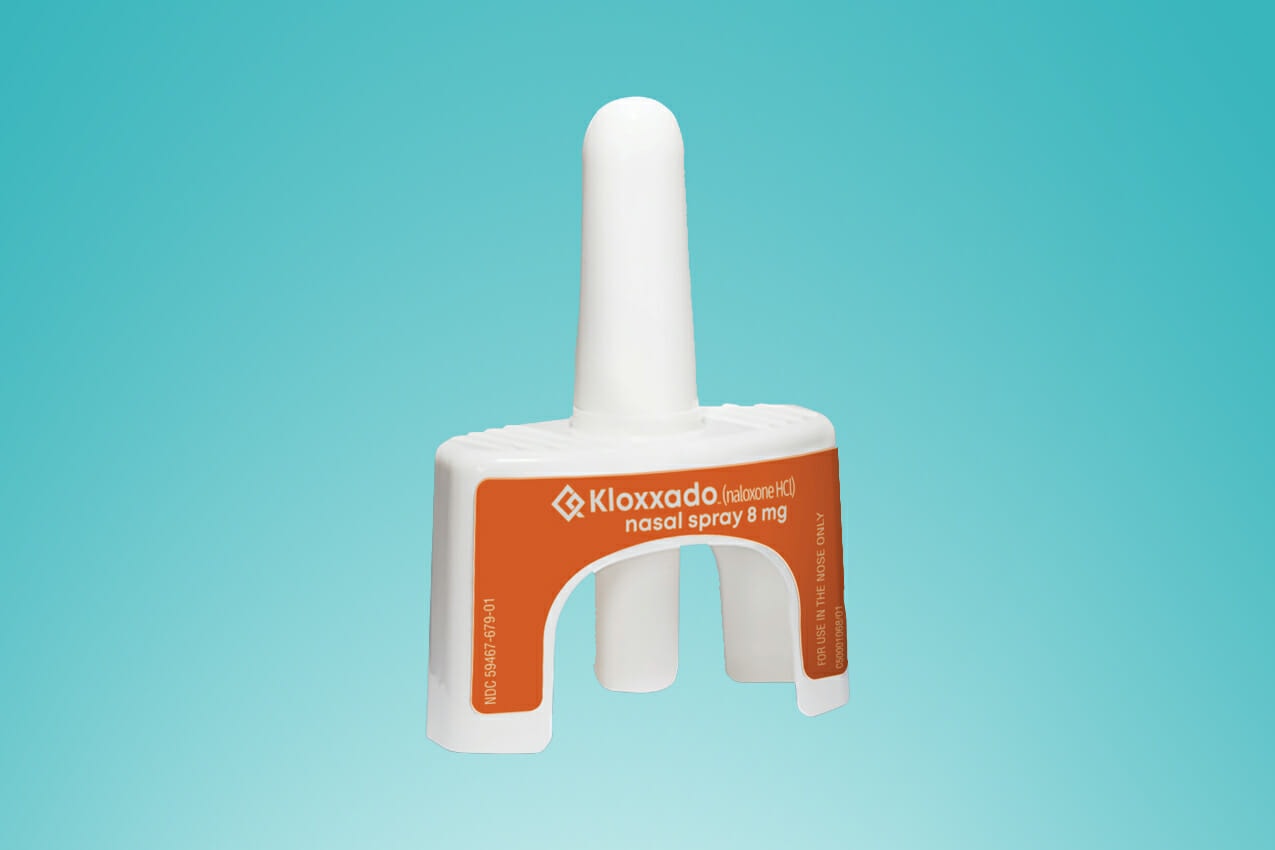Over 40,000 people die each year from opioid overdoses in the United States alone as the opioid crisis becomes increasingly dire. Narcan, an opioid-blocking medication approved by the FDA, has been around since the 1960s and is the go-to medication for anyone exhibiting opiate overdose symptoms. However, the FDA has recently approved two new drugs to help combat the opiate epidemic: Kloxxado and ZIMHI. These two new medications are expected to change how first responders and concerned citizens can support those in the middle of an opiate overdose.
The Drug Naloxone
Naloxone, the generic name for the opioid-blocking medication Narcan, was invented over 50 years ago. Since then, naloxone has saved tens of thousands of lives as an industry-leading, quick-acting response to opiate overdose. It has been released as an injectable medication and a nasal spray. The version of naloxone that can be injected starts working within two minutes and can be distributed as a pre-filled auto-injector.
The nasal spray, Narcan, is often a far more popular option because it’s easier to administer and starts working within five minutes. An important note about naloxone is that it will not harm someone who does not have opiates in their system. It does not have addiction or overdose potential and is safe for pregnant women. In general, administering naloxone when there is a suspected overdose will not further harm the individual should there be no opiates in their system.
Naloxone is effective for all opiate overdoses, including but not limited to:
• Heroin
• Clonidine
• Morphine
• Heroin
• Fentanyl
• Other prescription opiates
• Opioid synthetics
Narcan is widely available, even without a prescription, in 49 of the 50 U.S. states (the only exception being Hawaii, where a doctor’s prescription is required). Naloxone has been a valuable tool for medical professionals, first responders, and law enforcement for the past few decades. But recently, a new problem has emerged that is forcing medical professionals to handle an unprecedented crisis.
The Introduction of Injectable ZIMHI and Kloxxado Nasal Spray
Opiate abuse has been an issue for decades, but the exploding availability of Fentanyl and its synthetic variants has turned a bad problem into a much worse one. Fentanyl, an opiate 100 times stronger than morphine and 50 times more potent than heroin, has exponentially increased opioid abuse and addiction.
Fentanyl accounts for 59% of opioid deaths, a substantial increase from 2010 when it made up a little over 14% of opioid deaths. Pharmaceutical-grade Fentanyl administered with medical supervision does have legitimate pain management and anesthetic uses in healthcare settings. But the misuse of prescribed Fentanyl for recreational uses and the synthetic variant often seen on the streets is a massive problem due to its potency and potential for addiction and abuse.
The Fentanyl most often associated with addiction is an unregulated synthetic variant manufactured illegally in unsafe labs. This Fentanyl synthetic is finding its way into other illicit substances as a cheap, addictive additive. Because of its potency and the frequency with which Fentanyl is mixed with other substances, overdose potential is exceptionally high. The strength of Fentanyl and other synthetic opioids can render one dose of Narcan ineffective for completely stopping an overdose. Over one-third of all overdoses require two doses of Narcan.
This is where ZIMHI and Kloxxado come in. These newly FDA-approved substances are more potent doses of the original naloxone products. Kloxxado is an 8-milligram nasal spray (compared to the original 4-milligram Narcan), and ZIMHI is a 5-milligram injectable solution (compared to the original 0.4-2.0 milligram naloxone injection). These more potent drugs will be more effective in neutralizing an opioid overdose.
Opioid overdose warning signs include:
• Small pupils (“pinpoint pupils)
• Shallow breathing
• Non-responsiveness or unconsciousness
• Pale, clammy skin
• Vomiting
• Blue or purple lips/fingernails
Emergency services should be called whenever naloxone is administered, regardless of the type of administration. The naloxone can wear off before the opiates are entirely out of the system, causing the individual to overdose again. No naloxone medication is a replacement for medical intervention, and a regain of consciousness does not mean that the person is not still at risk.
Conclusion – More Weapons Are Needed Against Fentanyl
The United States opioid crisis is doing an incredible amount of harm. Policymakers, healthcare workers, community members, and substance abuse recovery professionals are working hard to problem-solve this issue before more lives are needlessly lost. In the meantime, drugs like ZIMHI and Klaxxado can prevent countless opioid overdose deaths.
The Substance Abuse and Mental Health Services Administration’s 24/7 confidential helpline at 1-845-622-4357 is available to connect worried friends and family to local recovery resources.



Leave A Comment